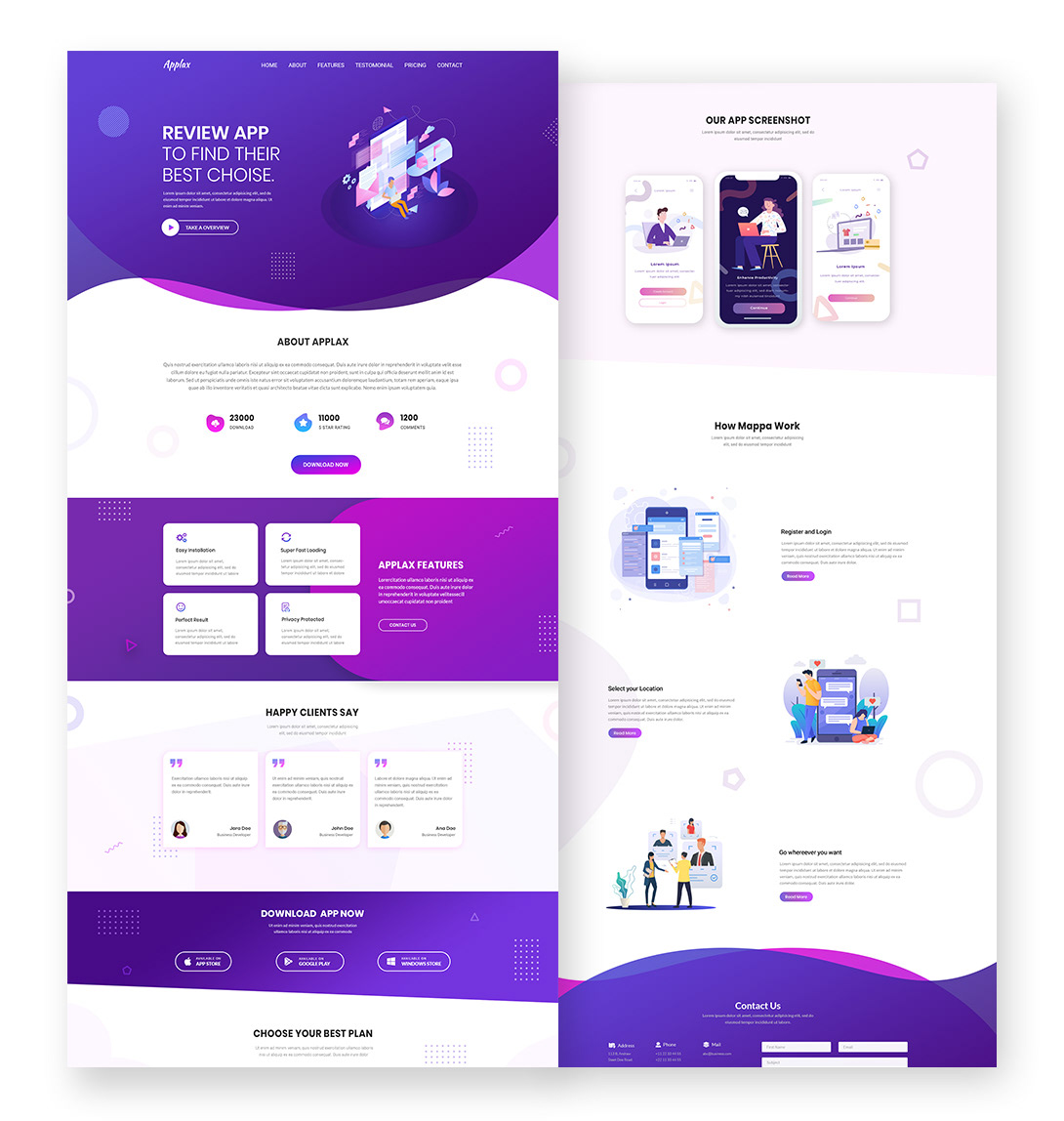Batter Links: Your Gateway to Trending News
Stay updated with the latest trends and insights from around the world.
Designing Delight: How UI/UX Can Turn Browsers into Buyers
Unlock the secrets of UI/UX design that transform casual browsers into loyal buyers—boost your conversions now!
The Art of Persuasion: How UI/UX Design Affects Consumer Behavior
The art of persuasion in digital interfaces is an integral part of UI/UX design that significantly influences consumer behavior. A well-crafted design can evoke emotions and guide users to make decisions, whether it's completing a purchase or signing up for a newsletter. Elements such as color schemes, typography, and layout play a crucial role in this process. For instance, colors can trigger specific feelings; blue often instills a sense of trust, while red can create urgency. By leveraging these psychological triggers, designers can effectively persuade users to engage more deeply with the platform.
Moreover, the user experience design encompasses various strategies that enhance usability and accessibility, which are essential for fostering trust and loyalty among consumers. Clear navigation, intuitive interfaces, and relatable content help eliminate barriers and friction in the user journey. By incorporating persuasive design principles, such as social proof and scarcity tactics, businesses can further influence consumer choices. For example, displaying customer testimonials or limited-time offers can motivate users to act quickly, ultimately improving conversion rates and building a lasting connection with the brand.

Top 5 UI/UX Practices to Enhance E-Commerce Conversions
When it comes to boosting e-commerce conversions, implementing effective UI/UX practices is essential. One crucial practice is responsive design. With an increasing number of consumers shopping via mobile devices, your e-commerce site must adapt seamlessly to any screen size. This ensures that users have a consistent and enjoyable experience, whether they are on a desktop, tablet, or smartphone. Furthermore, prioritizing fast loading times can significantly reduce bounce rates and keep potential customers engaged.
Another key practice is simplifying the checkout process. A complicated or lengthy checkout can lead to cart abandonment. Streamlining this process by minimizing the number of steps required can enhance user experience and increase sales. Additionally, utilizing clear calls to action (CTAs) throughout your site directs users toward their goals. For example, using contrasting colors and actionable language in buttons such as 'Add to Cart' or 'Checkout Now' can create a sense of urgency and encourage immediate purchases. Overall, these UI/UX best practices play a vital role in transforming visitors into satisfied customers.
Is Your Website Turning Away Customers? Key UI/UX Mistakes to Avoid
In today's competitive online landscape, even the slightest UI/UX mistakes can lead to potential customers abandoning your website. One of the most critical errors is overlooking mobile optimization. With more users accessing websites via smartphones, a site that isn't responsive not only frustrates visitors but also hampers your SEO performance. Furthermore, poor navigation can significantly turn away users; if visitors find it challenging to locate information, they are likely to leave in search of a more user-friendly platform.
Another prevalent UI/UX mistake is cluttered design. When your website is overly busy or filled with unnecessary elements, it distracts users from key actions you want them to take. A clean and organized layout enhances readability and improves the overall experience. Additionally, slow loading times can also discourage potential customers. According to studies, a mere delay of a few seconds can result in a substantial drop in conversions, making it crucial to optimize your website's performance.